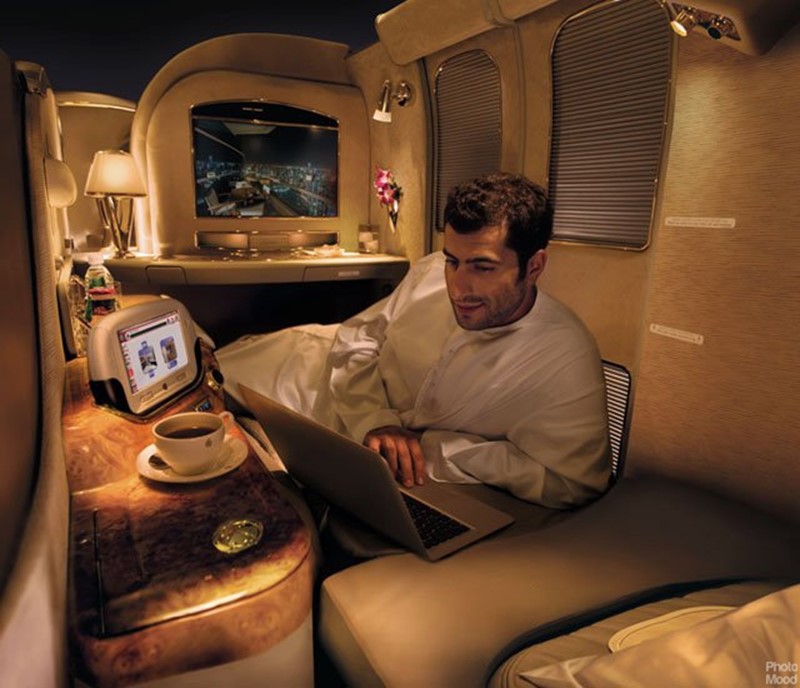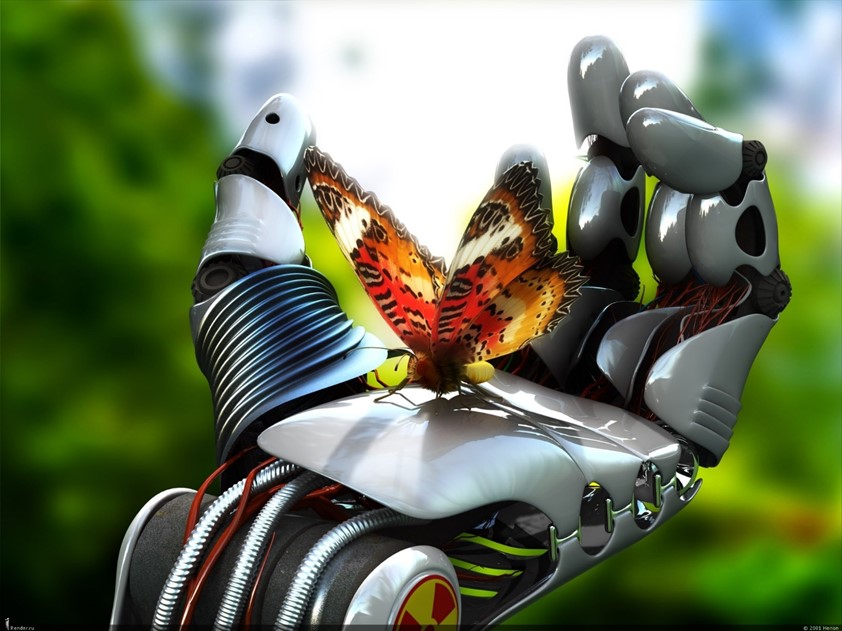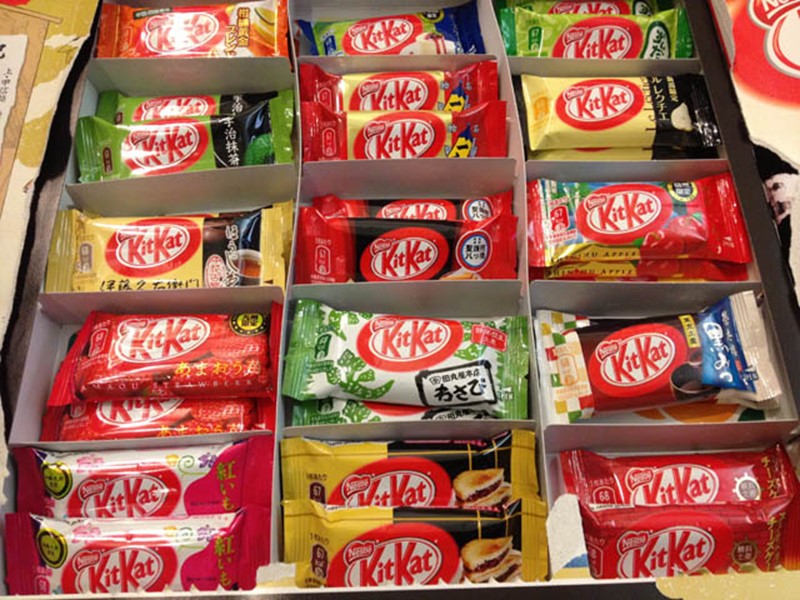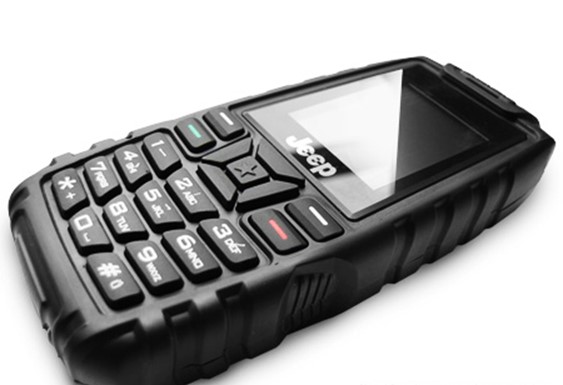The Uber Rich Like Their Rewards Points Just Like The Rest Of Us
January 10, 2016 in Daily Bulletin

Maybe the super-rich aren’t so different from the rest of us after all. The Associated Press wrote about how the uber rich approach membership rewards points:
- When Chinese Billionaire Liu Yiqian bought a $170 million Modigliani painting he paid for it with his American Express “AmEx” card.
- This will allow him and his family to fly anywhere in the world in First Class for the rest of their lives.
- Yiqian was the owner of AmEx’s black card – an invitation only card with no credit limit.
- The card comes with a membership reward program not too different from the one that plebs with common cards are enrolled in.
- The $170 million purchase will give him enough points to fly 3,000 times between the US and Europe in Singapore Airlines’ decadent Suites Class (pictured) – a ticket that normally costs $17,800.
- The real loser is Christie’s – the auctioneer that Yiqian will be paying. AmEx takes a 2-3% cut from merchants of all sales paid for by its card.
Read more here.
Source: CBC News
Via: Marginal Revolution









Join the Discussion! (No Signup Required)